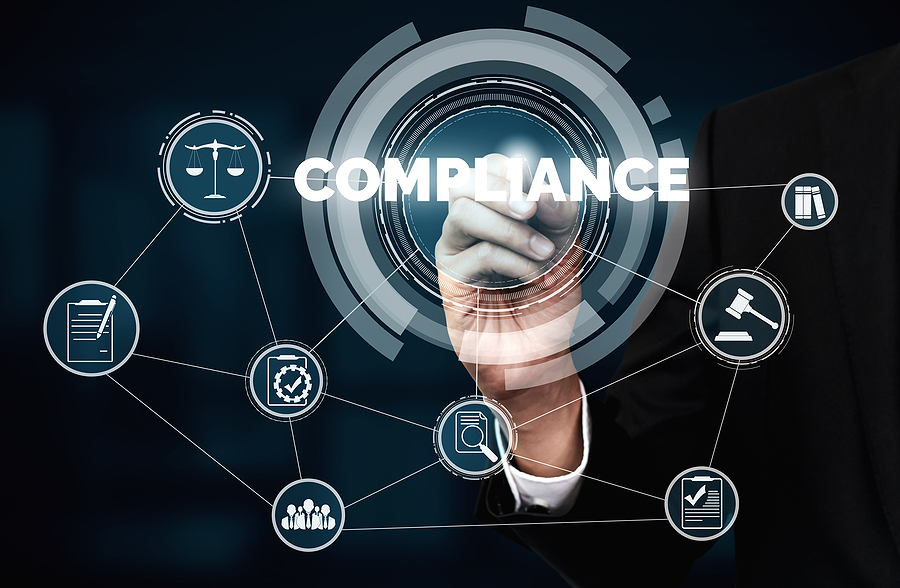Question: Elon Musk thinks we need to regulate AI before it grows too powerful for us to handle. What steps do you think we should take now if regulation is on the horizon?
ChatGPT: As an AI language model, I don’t have personal opinions, but I can provide you with some general suggestions on steps that could be considered in preparing for AI regulation:
- Collaboration between stakeholders: Governments, industry leaders, researchers, and experts should engage in collaborative discussions to understand the potential risks and benefits of AI technology. This would help in formulating well-informed policies and regulations.
- Ethical guidelines: Develop comprehensive ethical guidelines for AI development and deployment. These guidelines can address concerns such as privacy, transparency, accountability, fairness, and safety. Ensuring that AI systems are designed with ethical considerations in mind can help mitigate potential risks.
- Standardization and certification: Establish industry standards and certification processes for AI systems. This could involve creating benchmarks, testing protocols, and safety standards to assess the performance, reliability, and safety of AI technologies. Certification can help ensure that AI systems adhere to established regulations and guidelines.
- Transparency and explainability: Encourage the development of AI systems that are transparent and explainable. Ensuring that AI algorithms provide clear explanations for their decisions and actions can help build trust and accountability. Additionally, transparent disclosure of data usage and data sources can help address privacy concerns.
- Continuous monitoring and auditing: Implement mechanisms for ongoing monitoring and auditing of AI systems to detect and address any potential biases, discriminatory practices, or unintended consequences. Regular assessments can help identify and rectify issues promptly.
- Education and workforce development: Invest in education and training programs to equip individuals with the necessary skills to work with AI systems. Promote research and development in AI ethics and safety to foster a workforce capable of addressing the challenges associated with AI technology.
- International cooperation: Foster international cooperation and coordination on AI regulations. Since AI transcends national boundaries, collaboration between countries can help harmonize standards, share best practices, and prevent regulatory gaps.
- Gradual approach: Recognize that AI technology is rapidly evolving, and regulations should adapt accordingly. Consider adopting a phased approach to regulation, allowing for iterative improvements and adjustments as the technology progresses.
It’s important to note that the specifics of AI regulation will vary depending on various factors, including legal systems, cultural contexts, and technological advancements. The process of formulating effective regulation requires careful consideration of these factors along with input from various stakeholders.














